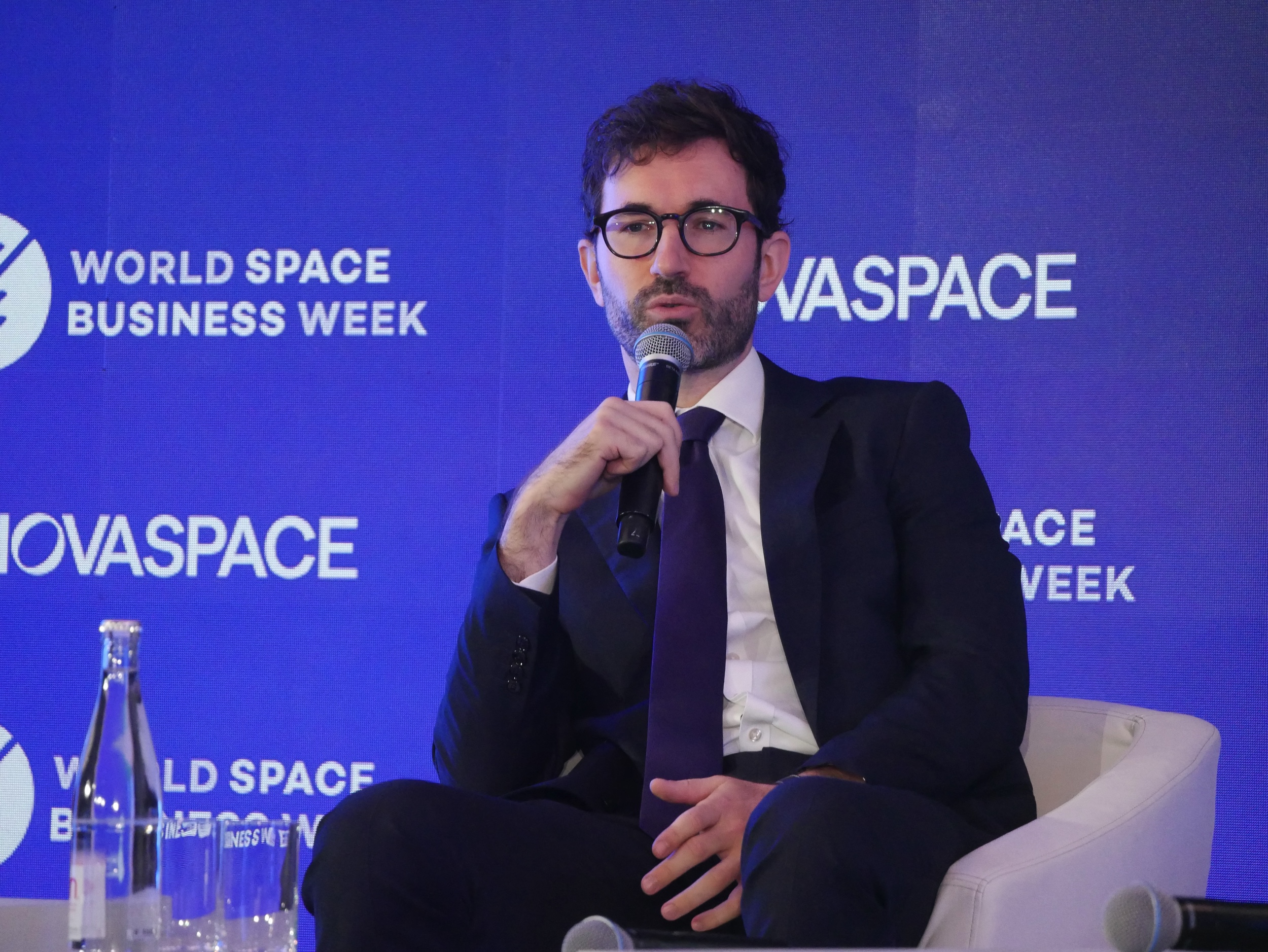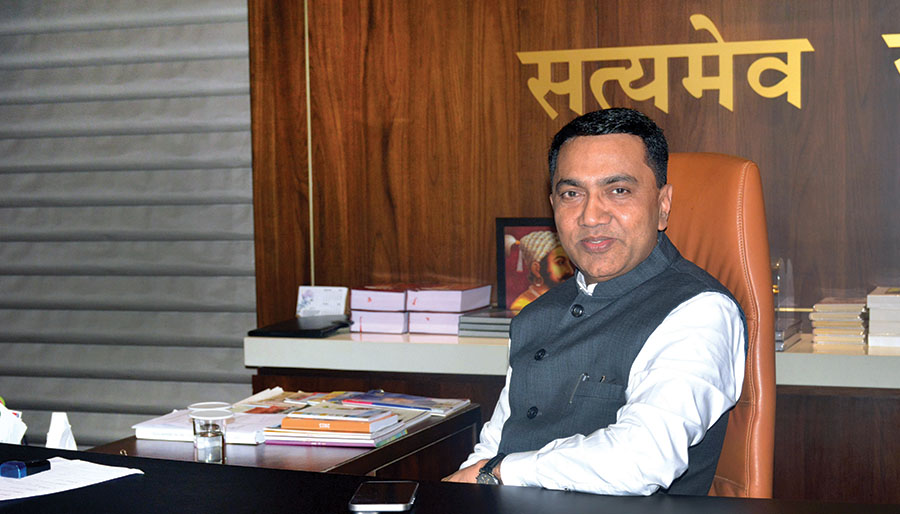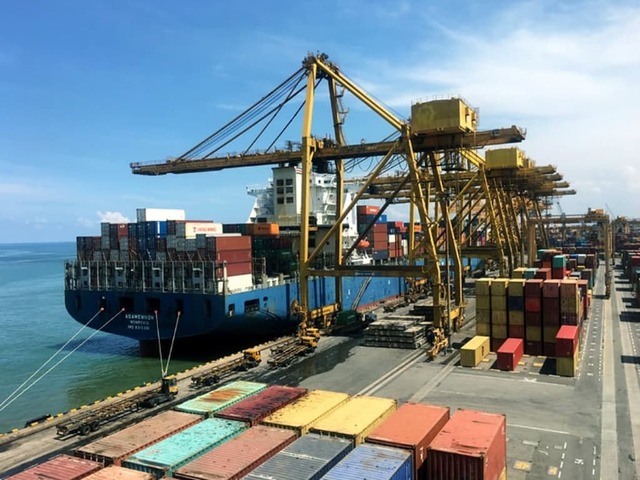
PARIS — Arianespace is weighing options to increase the launch rate of the Ariane 6 rocket beyond 10 per year if government and commercial demand supports it.
Speaking with reporters Sept. 16 at the World Space Business Week conference, Arianespace Chief Executive David Cavaillolès said the company is considering scenarios where new satellite constellations could create enough demand to justify expanded launch capacity.
“Now, we are reopening the case” for increasing capacity after focusing on getting Ariane 6 flying, he said. In one scenario, demand outside captive systems such as SpaceX’s Starlink and Chinese constellations remains flat, and no increase is needed.
However, he said the company now projects “large institutional programs,” such as the European IRIS² constellation, driven by recent geopolitical shifts. Combined with new commercial systems like Amazon’s Project Kuiper, that could tip the balance.
“If Kuiper — and I wish them to succeed — continues to accelerate, and at the same time you have some big institutional projects, then the market will really, really change, and in this case we should prepare ourselves to increase the cadence,” he said.
Arianespace is studying how to address bottlenecks in Ariane 6 launch rates. Those include increased production of the vehicle’s solid rocket boosters and construction of a second launch pad in French Guiana.
Cavaillolès declined to give specifics but said a second pad “would take years and years” to build and would be costly. “There are some blockers that are simpler to remove,” he said, such as infrastructure upgrades at the launch site to shorten campaign timelines.
Such investments would require decisions soon, even though demand for additional Ariane 6 launches may not materialize until late this decade.
“If we think that, around 2029 or 2030, we need a higher cadence, then it is next year or the year after next that we should make the decision,” he said.
He suggested the decision will hinge on whether another major constellation project emerges in the next few years. “If tomorrow it’s confirmed that there is another customer wanting us and being ready to commit with us on a certain number of launchers per year, then we would have a sound basis to think seriously about those investments,” he said. “For the moment, I think it is a bit too early.”
For now, the company is working toward its current ceiling of 10 launches a year to meet demand from customers such as Amazon. Arianespace has conducted two Ariane 6 launches this year and expects to perform two more before year’s end. While that falls short of earlier projections of five, Cavaillolès argued that four launches would still be “good news” given some predicted only two or three.
For 2026, he said, Arianespace expects to “more or less double” that rate. “For the moment, we are really well positioned,” he said. If the company reaches eight launches next year, he claimed, it would mark the fastest ramp-up of a heavy-lift rocket.
He acknowledged customer frustration. In a Sept. 15 conference talk, Amazon Project Kuiper executive Ricky Freeman said launch availability was his biggest challenge, citing delays not only at Arianespace but also at Blue Origin and United Launch Alliance, who are also bringing new rockets into service.
Kuiper is Arianespace’s largest Ariane 6 customer. “They want us to execute the contract and to do it as quick as possible,” Cavaillolès said. “Anything we can do to anticipate some launches would be welcomed by them.”
That could include giving Kuiper access to gaps in the manifest if other customers slip. “Kuiper is absolutely aware of what our manifest looks like,” he said. “In the short term we have limited room to maneuver.”
“Whatever we can do to accelerate Kuiper, we will do it,” he added. “Their message is that they want us to go fast, and the faster the better.”



